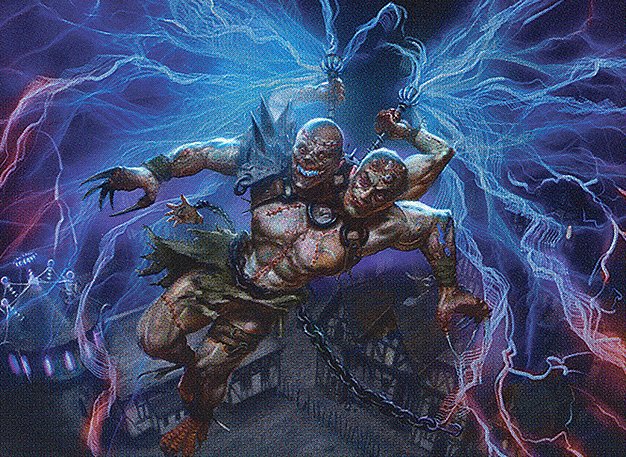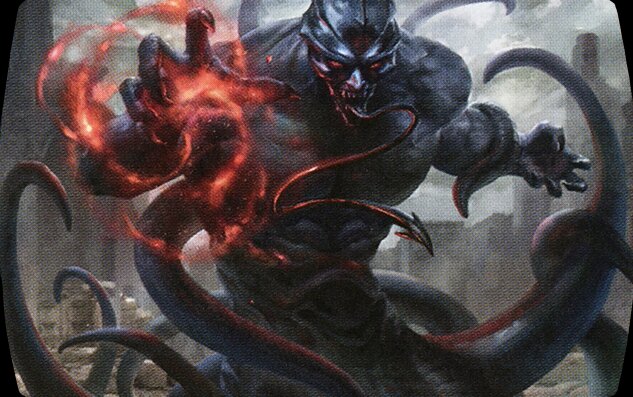Deck & Commander Strategies

Kraum, Ludevic's Opus
Utilizes card draw and spell casting to generate incremental advantage, paired with Tevesh Szat's ability to control the board and drain opponents, aiming to outvalue and outlast opponents through disruption and attrition.

Tevesh Szat, Doom of Fools
Works in tandem with Kraum to exile cards from opponents' decks and generate mana and card advantage, enabling a controlling and attrition-based playstyle.

Pia and Kiran Nalaar
Relies on artifact synergy and token generation to create early pressure and board presence, aiming to overwhelm opponents with efficient creatures and value from artifact interactions.
Gameplay Insights
- 1
The Kraum/Tevesh deck’s ability to chain spells and leverage card draw was pivotal in maintaining control and out-resourcing the aggressive artifact-based Pia and Kiran Nalaar deck.
- 2
Pia and Kiran Nalaar’s token and artifact synergy provided early board presence but was insufficient to overcome the sustained disruption and card advantage from Kraum/Tevesh.
- 3
Strategic use of Tevesh Szat to exile key opponent cards and generate mana helped stall and stabilize the board, setting up for a late-game victory condition.
- 4
The game highlighted the importance of balancing aggression with disruption in Duel Commander formats.
Notable Cards
-

Kraum, Ludevic's Opus
-

Tevesh Szat, Doom of Fools
-

Pia and Kiran Nalaar
Gameplay Summary
The Duel Commander match featured a clash between a Kraum, Ludevic's Opus and Tevesh Szat, Doom of Fools deck versus a Pia and Kiran Nalaar deck.
Early game actions were measured, with players developing their boards and jockeying for tempo.
The Kraum/Tevesh deck leveraged card draw and disruption to control the pace, using Tevesh Szat’s ability to generate incremental advantage and Kraum’s prowess in attacking and drawing cards.
Meanwhile, the Pia and Kiran Nalaar deck focused on artifact synergy and token production, deploying threats that could generate value and pressure opponents quickly. The turning point came when the Kraum/Tevesh player capitalized on a spell-heavy board state to chain spells and drain opponents’ resources, slowly whittling down the Pia and Kiran Nalaar player’s defenses.
Despite Pia and Kiran’s aggressive artifact-based strategies and potential for explosive turns, the control and card advantage engine of Kraum/Tevesh proved resilient.
The game concluded with Kraum/Tevesh establishing a commanding board presence and leveraging continuous card advantage and disruption to close out the match.





![Cow-abangga??! Mogis vs Sidar/Kraum | Round 3 | Block 101 | Duel Commander 010924 [REUPLOAD] thumbnail](https://i.ytimg.com/vi/Um3GQxiuOTY/sddefault.jpg)













